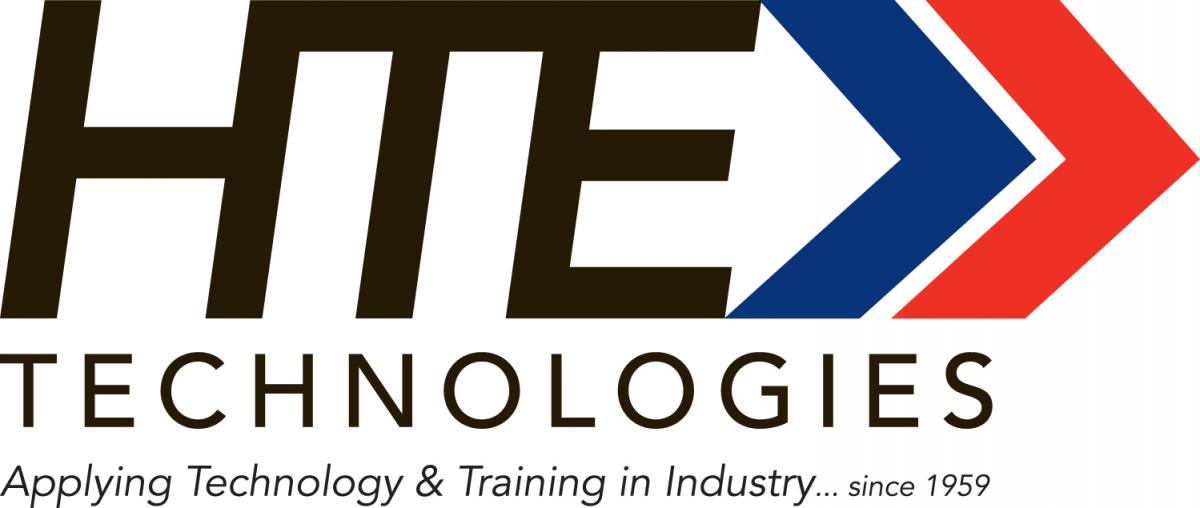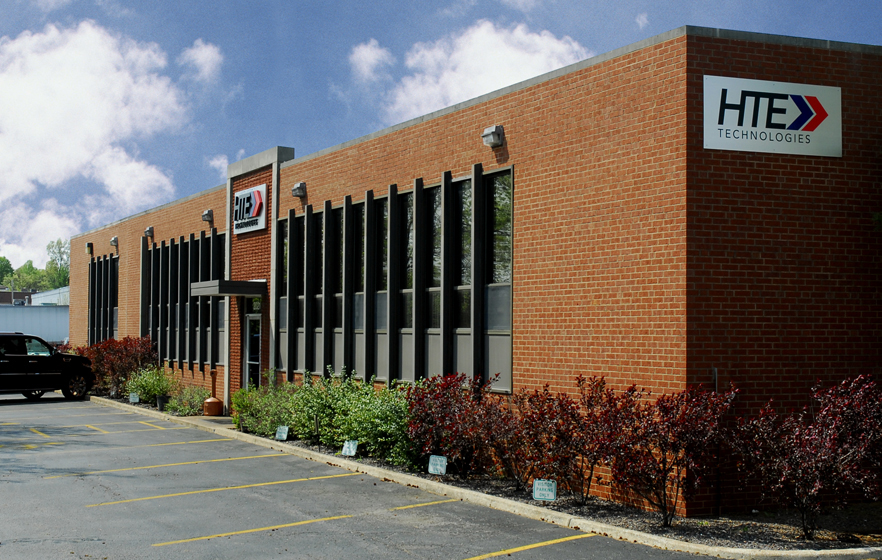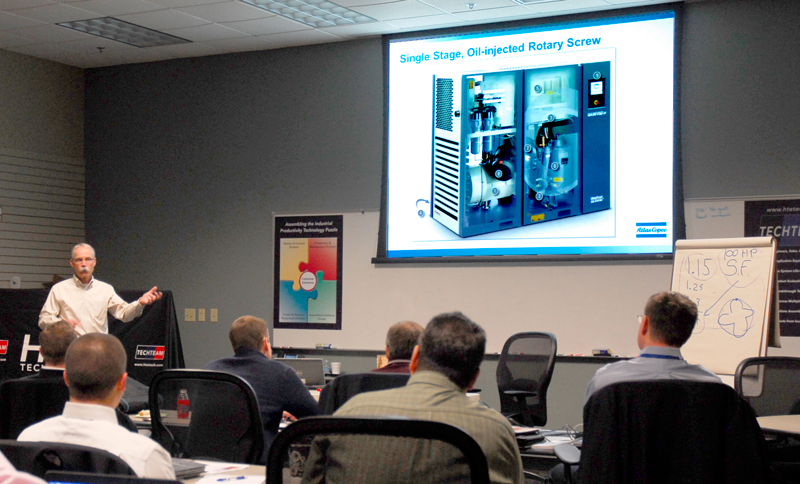
Compressed air reliability has been the obsession of both factory personnel and service providers for a number of years now. Constant availability of high quality air can be absolutely critical to maintaining efficient plant production. Most modern factories operate reliable compressed air systems – and more recently have also begun to focus on the efficiency of those systems. The objective of this article is to use a few real-life case studies of already reliable compressed air installations to illustrate the potentially huge economic benefits of also improving system efficiency.
These studies conducted by HTE Technologies involve low volume and high volume users, complex and simple systems, and recommended actions that range from minor changes to extensive reworking of existing systems. The end-users’ financial benefits in the cited studies collectively include power savings equating to \$370,000 annually, \$500,000 in incentives for equipment improvements, and power savings of almost \$58,000 annually on a smaller system.
Case Study #1: Large-Size System Improvement
Reliable Compressed Air: This large-scale manufacturing plant wanted to optimize a compressed air system located in three buildings and fed by two separate compressor rooms. The main building, another nearby, and a remote building were connected through insulated piping. The compressed air system consisted of six (6) electrically driven oil flooded rotary screw compressors and five (5) refrigerated compressed air dryers. Total air compressor horsepower exceeded 2,500. Four of the air compressors were fixed speed and were networked together to coordinate their actions with two (2) variable speed drive (VSD) air compressors. The VSD air compressors ran stand-alone at times in order to trim and maintain plant pressure. The plant air system had no additional control system.
 “Constant availability of high quality compressed air can be
absolutely critical to maintaining efficient plant production.”
— Walter Deeken, HTE Technologies
“Constant availability of high quality compressed air can be
absolutely critical to maintaining efficient plant production.”
— Walter Deeken, HTE Technologies
|
The main compressor room was equipped for heat recovery. The four (4) fixed speed compressors had a heat recovery package on their after/oil coolers. The heat recovery package recovered the heat of compression and re-circulated it to warm the compressor room during the winter. This utilized what would otherwise be wasted heat, increasing overall plant energy savings. When not required, heat was rejected to the outdoors. This was an excellent application for waste heat recovery as the plant has no specific process that could benefit from the waste heat generated. The two (2) VSD compressors had coolers which were remotely located outside of the compressor rooms. Whether heat recovery could generate cost savings for these two compressors was evaluated, but no current cost justification for recovering the heat from these units was found.
Reliable and Efficient Compressed Air: Implementation of the HTE Technologies recommended measures ultimately exceeded the original estimated energy savings by thirty percent (30%), and accounted for a forty five percent (45%) reduction in electrical consumption as compared to the plant compressed air system’s prior baseline usage, which equated to a total facility-wide reduction of nearly five percent (5%) annually.
 |
|
HTE Technologies is headquartered in St. Louis with a 6,500 ft2 branch in Decatur, Illinois. |
A system wide strategy was employed to reduce energy consumption. Both the supply and demand side of the system were reviewed. The following energy reduction measures were employed.
- Leaks Repaired: 900 SCFM of leaks were identified and tagged throughout the facility. These leaks accounted for nearly twenty percent (20%) of the average system flow. Through leak repair, one air compressor was placed in standby.
- Merged Compressor Line-Pressure Sensors: The units in the main air compressor room were reading different system line reference pressures due to a variance in piping. The four fixed speed compressors were remotely piped to read pressure after the dryers, while the variable speed drive was reading pressure at the header (before the dryers). This disparity was forcing more units to operate than was required because the compressors were not reacting to the same pressure readings. HTE Technologies recommended unifying the pressure reference point for the variable speed drive and adjusting the compressors to a tighter control strategy. This allowed two additional compressors to be placed in standby mode, shifting the full load of the entire plant to the two 600 horsepower variable speed drive units.
- Implemented New Air Compressor Set-Point Strategy: As is the case with many compressed air systems, the compressor pressure set-points were higher than necessary to deliver adequate pressure to end users. A pressure of 90 PSIG was needed for end users. Plant header pressure was lowered 5 PSIG and was still able to provide the required pressure to the plant. This reduction in pressure accounted for a 2.4% input power savings from the air compressors.
- Replaced Pneumatic Diaphragm Vacuum Pumps with Electric Vacuum Pumps: During the review of the demand side of the system, the plant’s air driven vacuum pumps were identified as significant air consumers. Due to the inefficiencies of the dynamics associated with generating compressed air, end use vacuum generation, and pumping applications can be accomplished more efficiently with electric driven pumps. While these vacuums provided an excellent water lift, each one needed the equivalent of a 25 HP compressor to achieve this vacuum with ¾” hose connection. These vacuums used a minimum of 115 SCFM with optimal rating of 160 SCFM. The plant had seven of these vacuums. If all seven vacuums were in use, this would consume a minimum of 175 horsepower of compressed air. Replacing these vacuums with low consumption electric vacuums yielded a 4.6% savings of electrical cost.
- Placed One Dryer in Remote Building to Standby: Each dryer in the remote building had a refrigerant condenser located on a dryer skid. The location of the dryers caused the heated compressor discharge air to recirculate around both dryers. The recirculated air raised the ambient temperature in the area around the dryers, causing an artificially higher load. By relocating the shut off valves on each of the dryers in the remote building, one dryer was able to be easily relegated to back up status. For redundancy, each of these two dryers was sized to condition the full load of the associated compressor. Due to this redundancy, air quality was not impacted by placing the second dryer on standby. Placing this dryer on standby eliminated the power usage of that dryer, but also reduced the heat rejection into the ambient air, reducing an estimated 25% of the load on the online dryer. This action was expected to yield on average an additional 2% savings of electrical cost.
When these recommendations were implemented, the annual energy cost for this large-plant compressed air system was reduced from nearly 8,000,000 kWh to approximately 4,300,000 kWh. At an electrical rate of \$0.10/kWh, this equates to a \$370,000 reduction in electrical usage cost for the customer.
 “When these recommendations were implemented, the annual
“When these recommendations were implemented, the annualenergy cost for this large-plant compressed air system was reduced from nearly 8,000,000 kWh to approximately 4,300,000 kWh.” — Walter Deeken, HTE Technologies |
Case Study #2: Producing 35 PSIG Air Reliably and Efficiently
Reliable Compressed Air: A company was using twelve (12) 300 horsepower, 100 PSIG, rotary screw air compressors for a low-pressure application. Pressure orifice plates were being used to decrease the pressure of 100 PSIG to 35 PSIG. The air compressors could not be adjusted down to supply this lower pressure directly due to their OEM design. If the 100 PSIG compressors were adjusted to 30 - 35 PSIG, the velocity of the air would increase to the point where the air/oil separator could no longer contain the oil in the compressor. This would cause each unit to discharge its oil into the air system header and result in compressor failure.
Reliable and Efficient Compressed Air: Eight (8) 350 horsepower, 35 PSIG, low-pressure air compressors were installed to replace the twelve (12) high-pressure units. These low-pressure air compressors supplied the same amount of flow directly at the 35 PSIG pressure required but with 800 less horsepower. This provided the process with the flow and pressure required without unnecessarily increasing and then decreasing pressure. The installation saved approximately 7,500,000 kWh annually, or forty percent (40%) of the electrical cost of the compressed air system for this process. This project was additionally eligible for the Ameren ActOnEnergy incentive program, which contributed nearly \$500,000 as an incentive for the implementation of this energy saving measure.
 “The reduced power usage of variable speed air compressors at
“The reduced power usage of variable speed air compressors atpartial loads allowed for significant energy consumption avoidance.” — Walter Deeken, HTE Technologies |
Case Study #3: Small-Size System Improvement
Reliable Compressed Air: The existing compressed air system consisted of one 50 horsepower single-stage lubricated rotary screw air compressor supporting the compressed air needs of the plant and one 25 horsepower single-stage lubricated rotary screw serving as back-up. The system had a single refrigerated compressed air dryer with point of use storage totaling 600 gallons. Although the maximum flow of the 50 horsepower air compressor was utilized intermittently, the overall average was at forty percent (40%) of the machine’s capacity. For an inlet modulation air compressor, this range of operation is very inefficient, requiring approximately 82% of power. In addition, this average flow is at the minimum turndown of a fixed speed air compressor. This means that the air compressor was cycling on and off to provide the fluctuating required flow. The frequent short cycling of the 50 horsepower air compressor was of particular concern due to energy inefficiency and mechanical stress to the air compressor.
Reliable and Efficient Compressed Air: To buffer short-term intermittent system demands, 620 gallons of storage were added. In addition, a variable speed drive compressor was modeled for the system. Replacing the main system fixed speed inlet modulation 50 horsepower air compressor with a variable speed drive 50 horsepower air compressor allowed greater turndown for the compressor, which reduced short cycling during times of low compressed air needs. Also, the reduced power usage of variable speed air compressors at partial loads allowed for significant energy consumption avoidance. At forty percent (40%) of rated capacity, air compressors of this type use approximately forty one percent (41%) of the power used at full capacity. Through the upgrade of the air compressor, the customer cut their electrical usage for the compressed air system in half. In conjunction with the Ameren ActOnEnergy project, the customer was able to upgrade system performance with a minimal expenditure. The return on investment after the applied utility incentive was less than one and a half years.
 “Through the Ameren ActOnEnergy incentive program, the payback
“Through the Ameren ActOnEnergy incentive program, the paybackperiod for the upgrade from the basic equipment to the energy efficient option was reduced from 3.4 years to 1.8 years.” — Walter Deeken, HTE Technologies |
Case Study #4: Food Processing System Re-Design
Reliable Compressed Air: A food processing plant wished to improve energy efficiency and performance of their compressed air system. The existing system consisted of four (4) 200 horsepower fixed speed, inlet modulation, rotary screw air compressors for the main plant and one 60 horsepower air compressor supplying the shipping area through branched piping. The main system had two wet receiver tanks totaling 1,800 gallons. The combined storage of the receiver tanks and the distribution system amounted to a storage ratio of 2 gallons per 1 CFM of trim compressor output.
Unreliable Compressed Air Quality: The contaminant removal system consisted of multiple point-of-use compressed air dryers. Without a system dryer, the condensate was dropping out into the distribution piping and being passed along to end uses of compressed air in production. To compound matters, the compressed air piping went through some refrigerated areas, causing more moisture to condense in the compressed air. The point-of-use dryers were drying the air before critical processes, but did not address moisture in the compressed air lines overall. Another area of concern with the point-of-use dryers was the general maintenance requirements of such a large number of units. The 60 horsepower fixed speed air compressor in the shipping area did not incorporate storage and had one (1) 300 CFM desiccant air dryer. The dryer pre-filter had a malfunctioning timer drain which was cracked open, creating a constant compressed air leak. This dryer had a large pressure drop which caused the compressor to frequently cycle. In addition, the air compressor was running about 15 PSI above its design parameters.
Reliable and Efficient Compressed Air: A review and redesign of the compressed air system yielded the following improvements. A 200 horsepower variable speed drive air compressor replaced one of the fixed speed air compressors as a trim machine for the main system. A master controller was installed to sequence the air compressors so that the minimum number of baseload air compressors were in operation. A centralized dryer was added to replace the point of use dryers, saving energy and maintenance costs. To maximize energy savings, a heated purge desiccant compressed air dryer was selected with a control option to adjust regeneration cycles to actual moisture load. In addition, 5,000 gallons of dry storage were incorporated into the system downstream of this dryer to buffer pressure fluctuations. The piping distribution was redesigned for a looped configuration, allowing air to flow in two directions to end uses. Leaks were identified, tagged and repaired. This combination of the supply and demand side compressed air system improvements saved the customer \$57,960 in electric costs annually.
Case Study #5: Medium-Size System Improvement
Reliable and Efficient Compressed Air: The customer was updating a compressed air system and evaluating proposals based upon lowest initial cost and lowest 10 year overall cost. The lowest initial cost option was one 200 horsepower fixed speed air compressor with a heatless desiccant dryer. Through modeling the system over 10 years, it was determined that using a variable speed drive compressor with a heat reactivated desiccant air dryer would save nearly 277,000 kWh annually. Through the Ameren ActOnEnergy incentive program, the payback period for the upgrade from the basic equipment to the energy efficient option was reduced from 3.4 years to 1.8 years. This additional monetary incentive convinced the customer to implement the energy efficient option. In addition to the incentive program savings, the customer will enjoy years of electric usage reduction.
Why Complete an Air System Audit with HTE Technologies? |
|
From 2010 to 2013, our specialists have helped our customers reduce electricity usage by over 30,000,000 kWh, accounting for an average of \$2.7 million per year of reduced costs. On top of that, through the ActOnEnergy® incentive program, HTE has secured more than \$2 million of utility sponsored energy incentives to assist with offsetting the capital costs of these projects. HTE Technologies’ energy audit department features a tenured staff of Certified Energy Managers and U.S. DOE Airmaster+ Specialists. Our focus is to use the best training and equipment available to improve the profitability of the customers we serve. The competitive global marketplace demands that manufacturers constantly improve their efficiency. With an HTE energy audit, a manufacturer establishes a trustworthy benchmark or energy consumption baseline for their system that becomes a critical reference point when making decision in the future regarding the compressed air and other systems. HTE is a privately owned industrial productivity solutions provider with 95 talented associates who serve over 3,000 industrial customers across Missouri and Illinois. Founded in 1959, HTE has grown significantly over the past decade by providing high levels of technical expertise across a very broad array of products and services via a unique ‘divisionalized’ approach. Divisions include the Power & Process Equipment Division, the Production & Maintenance Division, and the Motion & Control Division. HTE’s three separate sales and service divisions (along with our Equipment Rental Services Group added in 2012) all depend on HTE’s TECHTEAM, a cross-technology group of engineers providing technical leadership, training, and application-specific solutions across all these technologies. HTE’s commitment to training is quite evident at our 62,000 ft2 St. Louis headquarters, where over 8,000 ft2 is dedicated to a state of the art "Industrial Productivity Training Center," which houses a large classroom; a hands-on product demonstration room; and a fully operational vision, laser, RFID, and robotics lab. HTE’s dedication to providing customized solutions is readily evident in our newly expanded 12,000 ft2 Service Center which houses areas for fabrication, repair, assembly, and testing.
|
HTE Technologies conducts training year-round in their new 8,000 ft2 “Industrial Productivity Training Center”. |
About the Author: Walter Deeken is the Manager for PPE Field Technical Services at St. Louis based HTE Technologies. He is a U.S. Department of Energy Certified AirMaster+, Certified Energy Manager, and CMVP.
For more information contact Walter Deeken, HTE Technologies.
To read more System Assessment articles, visit www.airbestpractices.com/system-assessments.

 HTE Technologies is a Registered Program Ally of the ActOnEnergy® utility incentive programs of Ameren Illinois and Ameren Missouri.
HTE Technologies is a Registered Program Ally of the ActOnEnergy® utility incentive programs of Ameren Illinois and Ameren Missouri.



